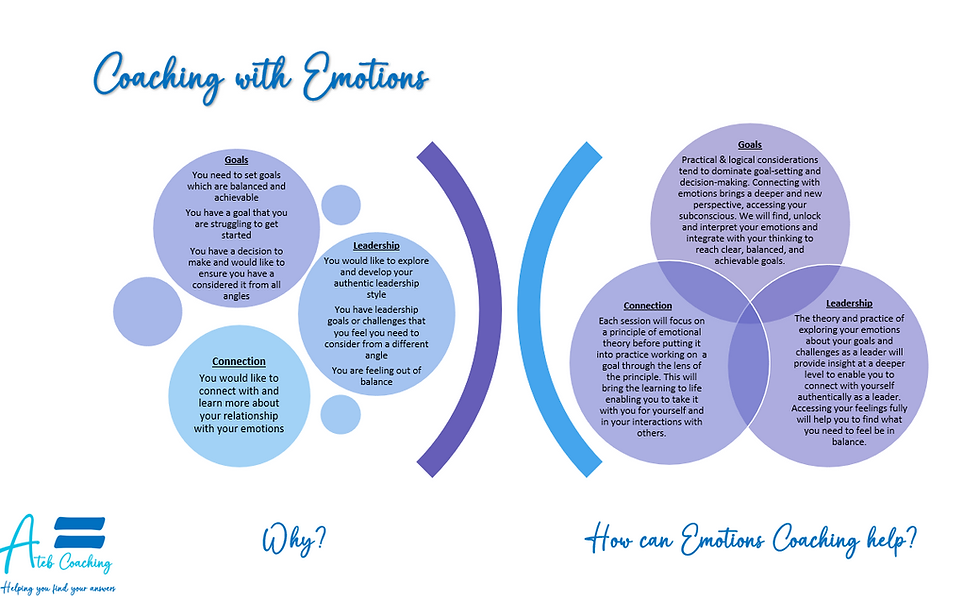Using feelings to sell
As I drove my daughter to school on Monday, her favourite song (still 12 days of Christmas) playing on repeat, big grey clouds in the distance, branches of the trees dark and bare, I couldn’t help but think to myself that 'Blue Monday' was quite apt. Invented to sell holidays, Blue Monday comes with a mathematical formula picking up the gloomy themes of January - bad weather, Christmas in the past, failed resolutions.

Top marks for algebraic effort but zero for scientific credibility (also according to the maths buying a holiday would only serve to increase debt and worsen mood). Despite this the concept is widely used as a marketing tool - with loads of companies emailing with offers of discounts for bookings referring to Blue Monday.
For those already feeling low there may be an upside to putting a label on it. This gives the feeling a sense of impermanence allowing the emotion to be moved through.
For those feeling pretty ok, could the label invoke a low feeling?
Emotions can be contagious. Like Christmas, we all decide to be happy and joyful and for the large part it works - we are all that little bit happier for the day. We spread this happiness in the run up to Christmas with good wishes, smiles and kindness. Just like Christmas manufactures a collective good mood, Blue Monday is an attempt to manufacture a collective low mood.
If the label itself didn't work, it is possible the irritation at the attempt of marketing ads to get us to purchase ourselves out of low mood could also push us into a state of blue.
If the collective moods can influence our feelings in this way, how to do we know other emotions are our own?
Borrowed feelings
Lying awake at night unable to get to sleep with a deep sense of nervousness, thoughts running round chasing one another as you try to work out what is causing it. It may be worth considering, is the feeling yours?
From time to time we all experience emotions that are not actually our own. Events around us, like Christmas, can transfer collective emotional experiences on to us. This is known as vicarious emotional experience where what is going on in the world around us and the feelings attached with it influences our own emotions. It is also experienced when we watch films or read books and become attached to the characters, feeling what they feel temporarily.
On an individual level it takes place more subtly in the way we connect and empathise with those around us. For example, a friend has been sharing their feelings about an upcoming interview for which they are very nervous about. As we empathise, we reach back and connect with our own emotional experiences, the times when we have felt nerves. Later that evening, we lie awake with a feeling of dread and nerves within us - we may direct it towards an upcoming presentation at work. More than likely we are experience a form of transference of the emotion that our friend was feeling. In her book, Atlas of the Heart, Brené Brown describes this type of empathy as affective empathy in which we take on the feeling of another person as we empathise. A more healthy empathy is cognitive empathy in which we reach back to our emotional experiences to understand them without bringing them into our feelings at the present moment.
Understanding our emotions helps us to process them - taking from them the information we need and enabling them to flow on through.
Some tips for connecting with emotions:
Reflect - make reflecting on your emotions a habit. Slot it into a space like driving, house-work or even brushing your teeth. Linking it to an activity you regularly do makes it efficient and helps to make it an automatic habit.
Write - keep a journal of your feelings - this could be daily or weekly. Pick a regular time of the day or week - a sense of routine with it will help make it happen.
Talk - with a friend, a mentor or a coach. Sharing how you feel enables you to explore it from a different perspective.
Emotions in the workplace
We have been taught to separate out work and home life when it comes to emotions. We feel emotions at home and we manage them at work. Emotional Intelligence is a term often used to describe how we manage and control our emotions in the workplace with those showing emotions being labelled sensitive or emotional. More recently it feels there is a change in direction being paved with a greater appreciation of the place of emotions at work - out with the old and in with the new. This will enable -
Better decisions - emotions give us information to integrate with our thoughts leading to better informed decisions
Greater connection with others - sharing our emotions shows vulnerability which deepens connections with others and enables them to open up and share their feelings too (this feeds into the points above with even more information for even better informed decisions)
Authenticity - bringing our whole self to work
Coaching with emotions enables us to explore how we achieve our goals whilst improving connection with emotions.

Read...
This Harvard Business Review article, Emotional Agility (hbr.org), talks about the value of emotions in the workplace and how to put them to good use.
Label them, this means becoming emotionally literate. Knowing what you are feeling and putting a name to it to better understand it.
Accept them - opening up to the emotion, accepting it and taking what you need from it. It is trying to tell you something.
Act in line with your values - with the information you have gained from your emotions, add this to your thoughts and process in line with your values
Watch...
Another Disney one, Inside Out, the characters are emotions that live inside a little girl's head.

Enjoyed reading?

Comments